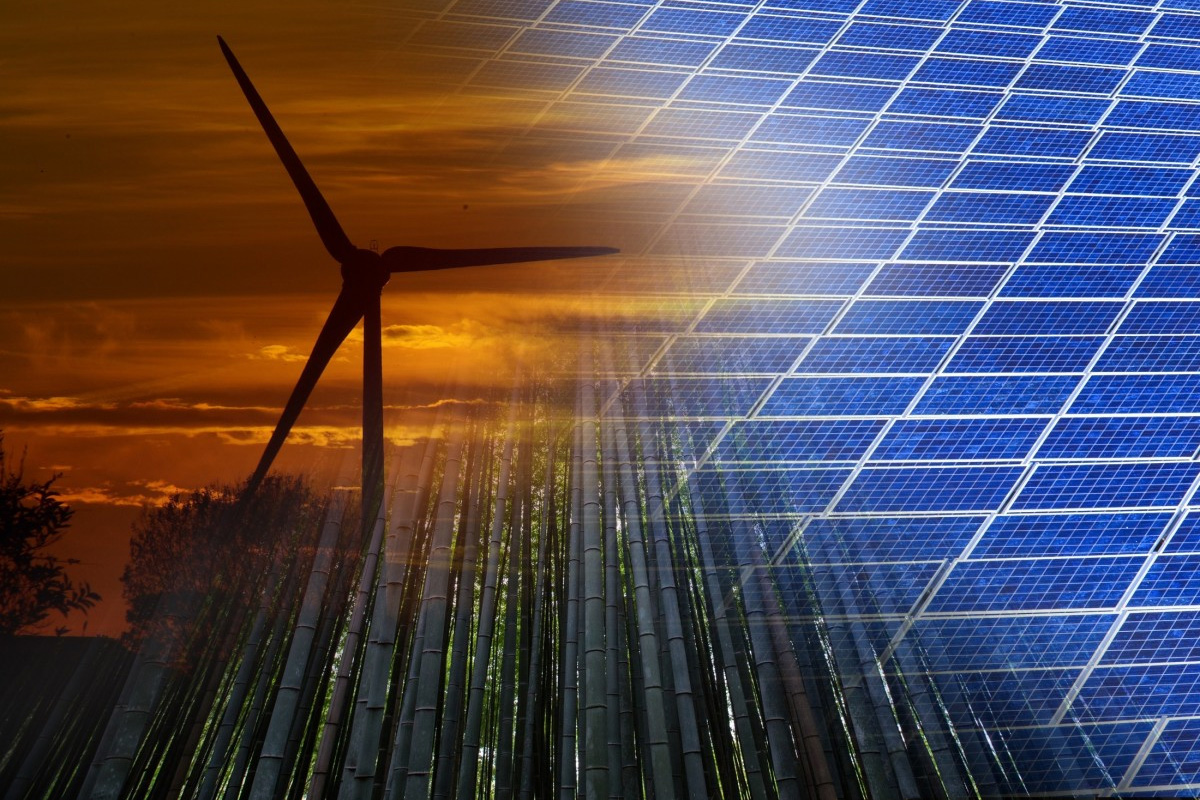Photovoltaics, always in fashion
IEA – the International Energy Agency, an intergovernmental organization coordinated by the OSCE (Organization for Security and Cooperation in Europe), placed Italy in the first place in 2016 for the success of having the largest photovoltaic electricity production – 8.2% worldwide. It was followed by Greece with 7.4% and Germany with 7.1%. In parallel, China recorded a very significant increase in electricity production following the discovery and promotion of solar panels that can also work in the rain, which has brought China today in the first place in the world. We recall that IEA includes 29 of the most industrialized countries in the world.
IEA’s report ‘Snapshot of Global Photovoltaic Markets’ shows that two years ago the global energy capacity produced by photovoltaic systems had grown by 50GW (gigawatt), reaching around 230GW in early 2017. As early as 2015, China’s production growth was already high, with production at the end of 2016 by 15.3GW higher than in 2015. This trend was also seen throughout 2017. Japan followed with 11GW, USA with 7GW, EU with 7GW, India with 2GW etc. Completing the aforementioned figures, the IEA ranking continued, after Italy, Greece and Germany, with Belgium – at par with Japan, then Bulgaria, the Czech Republic, Australia etc.
Returning to Italy, it is noticed that the National Energy Strategy sets as a short-term target that 50% of the country’s electricity needs be covered by clean energy obtained from renewable sources (geothermal, hydro, photovoltaic energy). Of course, the entire scenario relies inclusively on state’s support schemes. Referring to the contribution of states aiming at material support for fossil fuels, the support schemes have generated growths compared to the reduction of state aids for renewable sources, a general reduction due to international reasons. It was greatly felt in what electricity production meant in Italy, for example.
Generally speaking, global contribution for oil, natural gas and coal witnessed an increase from USD 1.8bn in 2013 to USD 13.2bn in 2014, the figures being taken from data provided by the International Monetary Fund. It is safe to assume that the trend of state aids was maintained at this level for the following three years, today reaching the need to review these support schemes.
The UN report ‘Global Trends in Renewable Energy Investment’ shows that Italy must admit that, globally, it has lost positions in the race to new energy markets due to reduction of state intervention in the period when costs became too high in terms of poor results obtained due to low returns.
The return to clean energy is intended to be more accentuated, advocating for this approach based on the idea that renewable sources are inexhaustible (sun, wind, water). Given that energy coming from these sources is obviously useful for everyone, this huge potential should be capitalized by using the new technologies that give significant returns.
At the same time, the Italian publication ‘Tecniche Nuove’ insisted on saving the environment, giving an example that could be understood by everyone, of that regarding petroleum products such as gasoline, diesel etc. which, burned in engines, willingly or not lead to harmful toxic gas emissions, creating smog and not only, all contributing to the increasingly dangerous process of global warming with the known adverse effects on the existence of life. Experts have demonstrated through calculations and material balances that currently carbon dioxide emissions, generically called ‘toxic’ and coming from the burning of petroleum products, account for 50% of the world’s total.
A significant part of total harmful emissions comes from the activity of major oil companies, with climate change also endangering their future existence. Through the responsible control of the balance between oil giants’ activity and increased attention to the environment, it will be possible to move to a clean energy industry, as the only way to diminish the magnitude of climate change. Therefore, the irreversibility of the process, which can only be slowed down, is accepted.
For the future, the technical and commercial approaches of the major energy producers, both those using traditional fuels and especially those using renewable sources, are of particular importance.
Thus, the aforementioned balance can in fact be circumscribed to the requirements imposed by the Paris Agreement. Attention also includes management of the future economic decline, predicted by analysts from the economic environment in general, from banking, but also the stock market, a decline that will span over several decades, if we are to believe the experts’ estimates.



